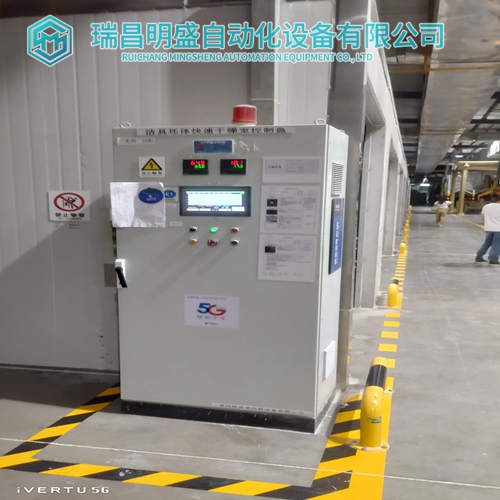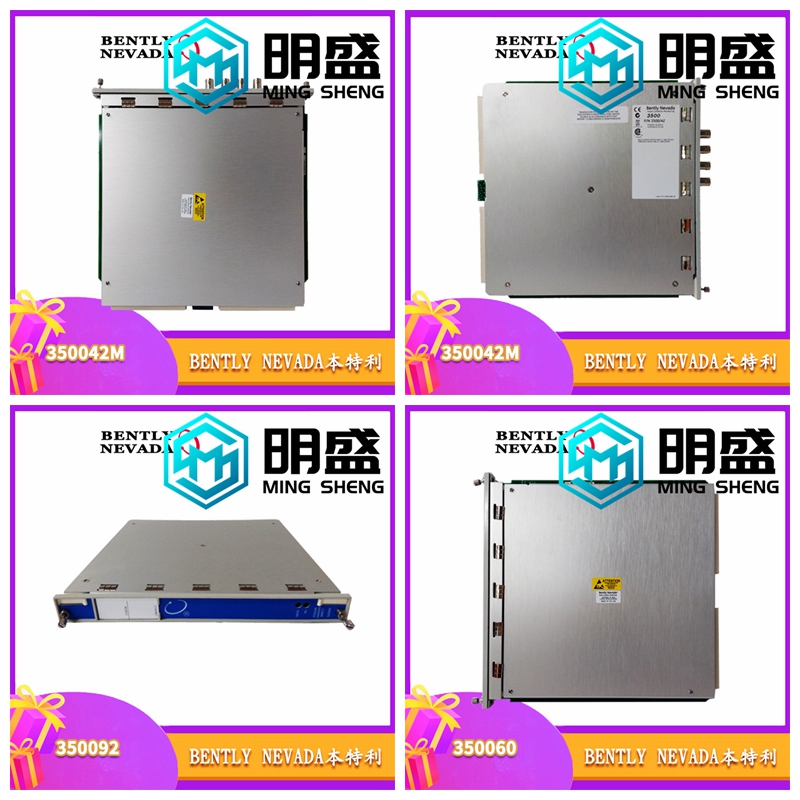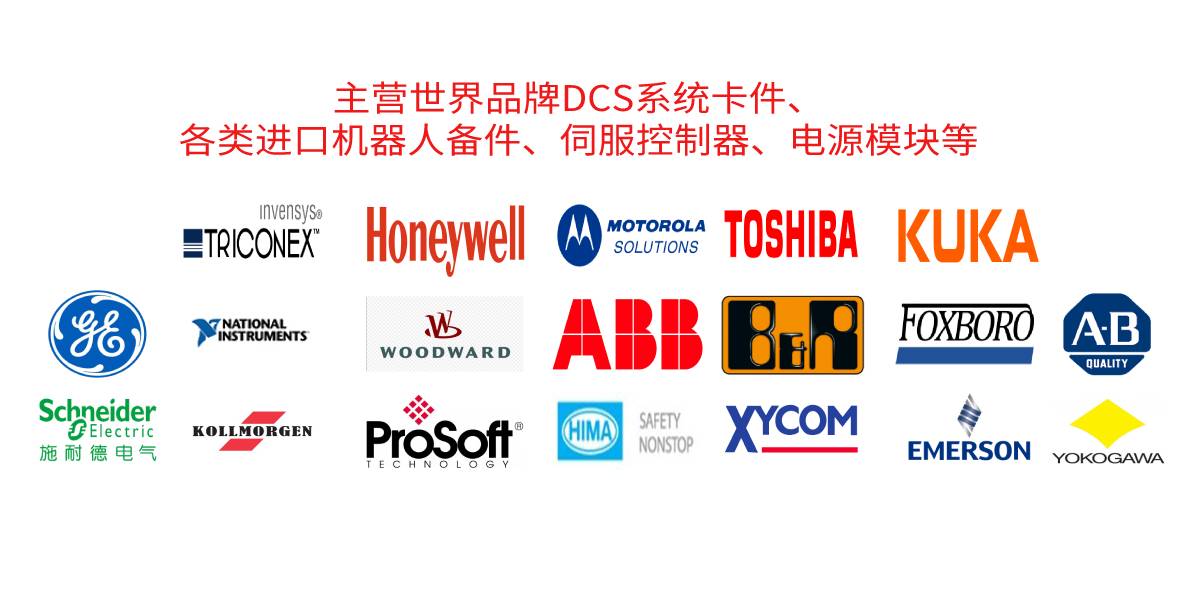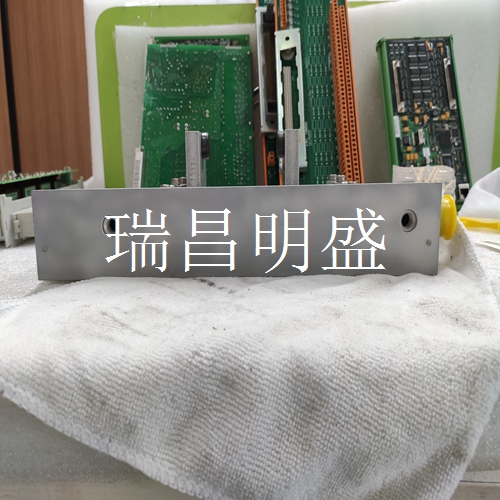19047-01震动检测器
内置以太网
配置用户通过使用笔记本电脑或PC上运行的软件创建配置文件并通过内置以太网连接将文件下载到监视器,来定义监视器操作和Modbus网关寄存器映射。1900/65A将配置信息永久存储在非易失性存储器中,并可将此信息上传至PC进行更改。显示模块1900/65A支持可选的显示器/键盘,以查看频道信息或进行细微的配置更改。这使得1900/65A可以作为独立的组件运行。如果需要,用户可以将显示器安装在距离监视器模块75米(250英尺)的地方。1900/65A通用设备监测器数据表2/22 173401 Rev.T规范输入传感器输入用户可以配置通道1至通道4以接受加速度、速度或位移传感器的输入。传感器通道类型通道类型定义了将应用于输入信号的处理功能以及将从该输入导出的变量或测量值的类型。通道类型还定义必须使用的传感器类型。传感器通道类型包括:l加速度或往复加速度l速度或往复速度l径向振动(轴振动)l推力(轴轴向位移)l位置l速度加速度和往复加速度通道类型加速度通道类型和往复加速通道类型支持两线和三线加速度传感器。往复加速度通道类型已禁用定时OK通道失效。
加速度变量
往复加速度变量加速度变量和往返加速度变量是从原始传感器信号中过滤和处理的测量值。加速度通道类型和往复加速度通道类型连续处理每个通道最多四个变量。振动最多三次带通滤波振幅测量。加速度包络用户可以将加速度包络算法应用于一个加速度或往复加速度变量。偏置电压用户可以将传感器偏置电压的值分配给任何变量。配置选项每个变量都通过以下选项独立配置。振动变量l峰值或RMS l公制或英制单位l滤波器角频率l满量程l加速度积分到速度包络变量l滤波器角频l标准或增强型解调滤波器振动变量0.5 Hz–25 kHz可配置4极高通、4极低通包络高通25 Hz至5 kHz,可配置4极包络低通125 Hz至25 kHz,可配置2极包络可变高通0.1 Hz min。,但大于包络可变低通2极包络可变低通大于包络变量高通且小于包络高通4极偏置滤波器0.01 Hz 1极低通OK滤波器2.4 kHz 1极低通满量程振动20至500 m/s2(2至50 g)峰值
Built in Ethernet
The configuration user defines the monitor operation and Modbus gateway register mapping by using the software running on the laptop or PC to create a configuration file and downloading the file to the monitor through the built-in Ethernet connection. 1900/65A permanently stores the configuration information in non-volatile memory, and can upload this information to the PC for change. The display module 1900/65A supports an optional display/keyboard to view channel information or make minor configuration changes. This allows the 1900/65A to operate as a standalone component. If necessary, the user can install the monitor 75 meters (250 feet) from the monitor module. 1900/65A Universal Unit Monitor Data Sheet 2/22 173401 Rev. T Specification Input Transducer Inputs Users can configure channels 1 through 4 to accept input from acceleration, velocity, or displacement transducers. Sensor Channel TypeChannel Type defines the processing functions that will be applied to the input signal and the types of variables or measurements that will be derived from that input. The channel type also defines the type of sensor that must be used. The sensor channel types include: l acceleration or reciprocating acceleration l velocity or reciprocating velocity l radial vibration (shaft vibration) l thrust (shaft axial displacement) l position l velocity acceleration and reciprocating acceleration channel type acceleration channel type and reciprocating acceleration channel type. Two wire and three wire acceleration sensors are supported. Reciprocating acceleration channel type has disabled timed OK channel failure.
Acceleration variable
Reciprocating acceleration variable acceleration variable and reciprocating acceleration variable are measured values filtered and processed from the original sensor signal. The Acceleration Channel Type and Reciprocating Acceleration Channel Type continuously process up to four variables per channel. Vibration up to three band-pass filtered amplitude measurements. Acceleration Envelope Users can apply the acceleration envelope algorithm to an acceleration or reciprocating acceleration variable. Offset Voltage The user can assign the value of the sensor offset voltage to any variable. Each variable of the configuration options is independently configured through the following options. Vibration variable l peak value or RMS l metric or imperial unit l filter angular frequency l full scale l acceleration integration to velocity envelope variable l filter angular frequency l standard or enhanced demodulation filter vibration variable 0.5 Hz – 25 kHz can be configured with 4-pole high pass, 4-pole low pass envelope high pass 25 Hz to 5 kHz, 4-pole envelope low pass 125 Hz to 25 kHz, and 2-pole envelope variable high pass 0.1 Hz min., But it is larger than envelope variable low pass 2-pole envelope variable low pass larger than envelope variable high pass and smaller than envelope high pass 4-pole offset filter 0.01 Hz 1-pole low pass OK filter 2.4 kHz 1-pole low pass full range vibration 20 to 500 m/s2 (2 to 50 g) peak











